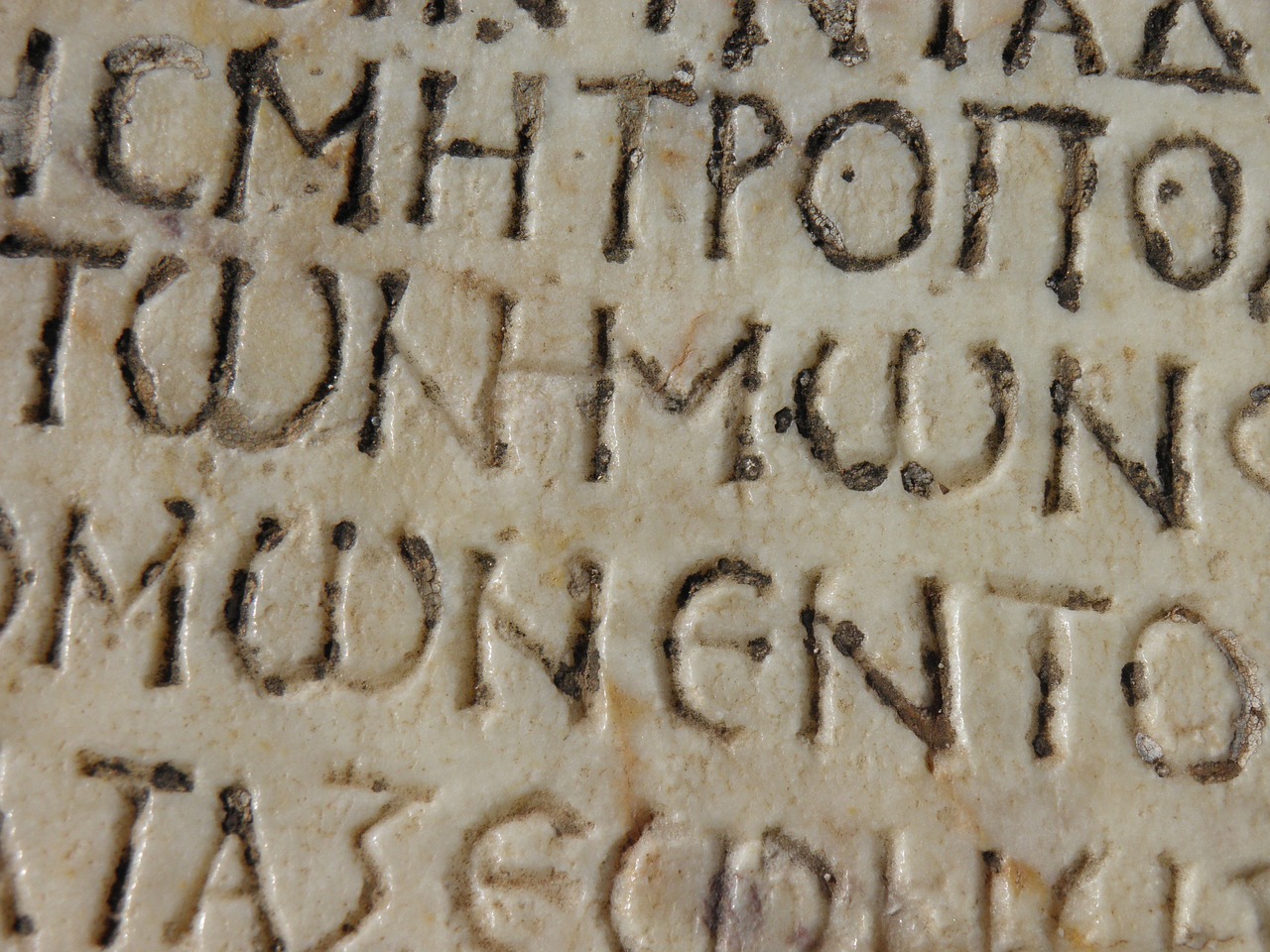In 1740, John Wesley had a conversation with Edmund Gibson, the bishop of London. Dr. Gibson asked Wesley what he meant by perfection. Wesley told him “without any disguise or reserve.” Gibson responded, “Mr. Wesley, if this be all you mean, publish it to all the world. If any one then can confute what you say, he may have free leave.” This resulted in Wesley publishing his sermon “Christian Perfection,” Sermon #40.((John Wesley Letter to Rev. William Dodd, 5 Feb 1756; A Plain Account of Christian Perfection, §12.)) Wesley abridged this sermon, reducing it to about one-fourth of its original length, in his Plain Account of Christian Perfection. William Sangster said that Wesley stressed the present tense of the verbs.((Sangster, The Path to Perfection, 48.)) Wesley concluded his summary:
Now it is evident, the Apostle here also speaks of a deliverance wrought “in this world.” For he saith not, The blood of Christ will cleanse (at the hour of death, or in the day of judgment) but it cleanseth at the time present, us living Christians, “from all sin.” And it is equally evident that if any sin remain, we are not cleansed from all sin. If any unrighteousness remain in the soul, it is not cleansed from all unrighteousness.((Wesley, BE Works, 13:149–150.))
Sangster then cites John 3:36, 5:24, 6:47, and 1 John 5:13 as all referring to present-tense eternal life. But these are not necessarily speaking of entire sanctification. Such texts about eternal life apply to entire sanctification when “concerned with hearts cleansed from all sin.” Sangster argued that these texts do not promise “will cleanse,” but “cleanses. Now!”
Convinced that the sub-Christian level of many believers could be explained by their ignorance of God’s promises in regard to sin and that the sanctifying work of the Holy Spirit was being hindered by a consequent lack of faith, [Wesley] ran to [these texts] with eager feet to offer this greater gift of God. Holiness was not merely imputed but imparted. God could do more than forgive sin: He could destroy it. Asked for his scriptural authority, he was never more ready to proffer any part of it than he was ready to proffer what he found in the First Epistle of John.((Sangster, The Path to Perfection, 49.))
However, Sangster promised thirty texts but only gave twenty-six: Ezek 36:25–26, 29; Matt 5:8; Matt 5:48; Matt 6:10; John 8:34–36; John 17:20–23; Rom 2:29; Rom 12:1; 2 Cor 3:17; 2 Cor 7:1; Gal 2:20; Eph 3:14–19; Eph 5:26–27; Phil 3:15; 1 Thess 5:23; Titus 2:11–14; Heb 6:1; Heb 7:25; Heb 10:14; Jas 1:4; 1 John 1:5–7; 1 John 8–9; 1 John 2:6; 1 John 1:8–9; 1 John 3:3, 8–10; and 1 John 5:13. However, if we add in John 3:36, 5:24, 6:47, and 1 John 5:13, the total increases to thirty. Yet these final four texts do not specifically reference entire sanctification and are omitted by The Wesley Study Bible.
The Wesley Study Bible gives “The Thirty Texts of Wesley” [Albert F. Harper, ed., 1951–52]. It is the same as the list above, except it adds Matt 22:37 and Heb 12:14 and omits 2 Cor 3:17 and 1 John 2:6. Thus, it gives 26, with eight discrepancies from Sangster.
In my analysis Sangster misread Wesley’s words on Hebrews 10:14. The four texts he lumps together—John 3:36, 5:24, 6:47, and 1 John 5:13—are not properly proof texts for entire sanctification. Nor do I believe 1 John 3:8–10 refers to a second experience. I also disagree with Harper on Heb 12:14. Holiness preaching should not create the dilemma of holiness or hell.According to Mark Quanstrom this was reflected in much of the writing of the American holiness movement.((Quanstrom, Century of Holiness Theology, 44–45.))Daniel Steele wrote:
An ill use is sometimes made of Heb. 12:14, by quoting it as a threatening against the regenerate who do not realize the completion of the work of inward cleaning. There are no threatenings in the Word of God against the persevering sons of God. . . . Hence it is neither scriptural nor wise to mount Sinai for your pulpit when you preach entire sanctification.((Steele, Half-Hours with St. Paul, 108–09.))
If Sangster stretched the present tense, Steele, himself, put too much emphasis on the aorist tense in his “Tense Readings of the Greek New Testament.”((Steele, Mile-Stone Papers, 44–72)). Randy Maddox argued that Steele’s understanding of the aorist tense was inadequate. The aorist tense does not necessarily imply crisis fulfillment; only the context can determine that.((Maddox, “Use of the Aorist Tense in Holiness Exegesis,” Wesleyan Theological Journal 33:2 (Fall 1981): 106–18.)) The aorist tense presents the mere fact of an action without reference to the progress of the action. Aorist verbs may represent actions requiring extended periods of time. Prescott Johnson conceded that neither Wesley, Watson, nor Pope appealed to the Greek tense in support of their position regarding sanctification.((Johnson, “Crisis and Con-Sequence: Sanctification and the Greek Tense,” Wesleyan Theological Journal 37:2 (Fall 2002): 175)). Charles N. Dillmann wrote, “It seems to me to be time for us either to come to grips with the masters of Greek grammar and correct them or stop making assertions about grammar—and in particular about the aorist tense—which are out of tune with the masters.”((“Book Reviews,” Wesleyan Theological Journal 18:2 (Fall 1983): 102.))
In this 25-article-long series on “Preaching Holiness Today,” I do not want to close with the impression that such a task is best left to the scholars. Yes, we do need to do our “homework.” If are going to persuade anyone but us, we must exegete the text—starting with inductive observation. However, Wesley deals with some texts we have examined wholistically rather than exegetically. I have quibbled over a few of the text choices made, but, if I am right, we still have 25 solid texts remaining from Sangster’s list—and that is just our first pass. There is much more! William Burt Pope’s The Prayers of St. Paul (1876) demonstrates that fifteen of Paul’s prayers recorded in his letters to churches were prayers that they might be sanctified wholly. Not only do we have these prayers but Scripture is full of commands, promises, and examples of the holy life. May God anoint us to preach this full salvation!

